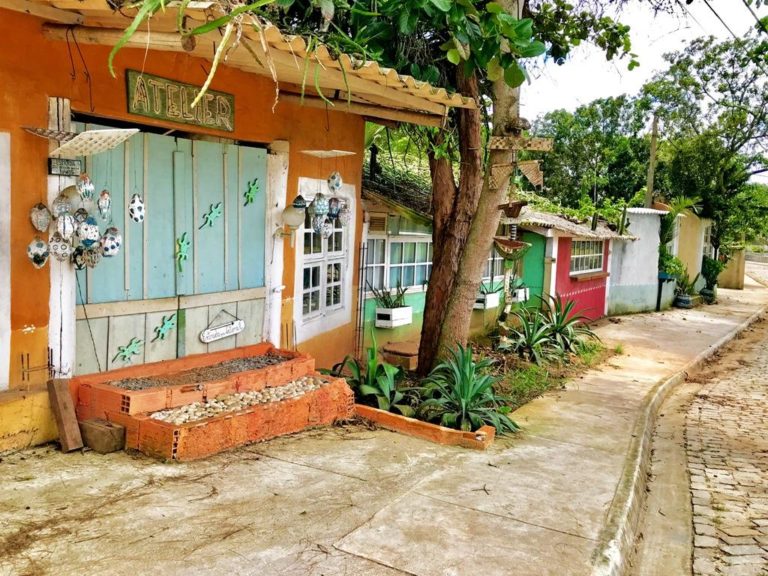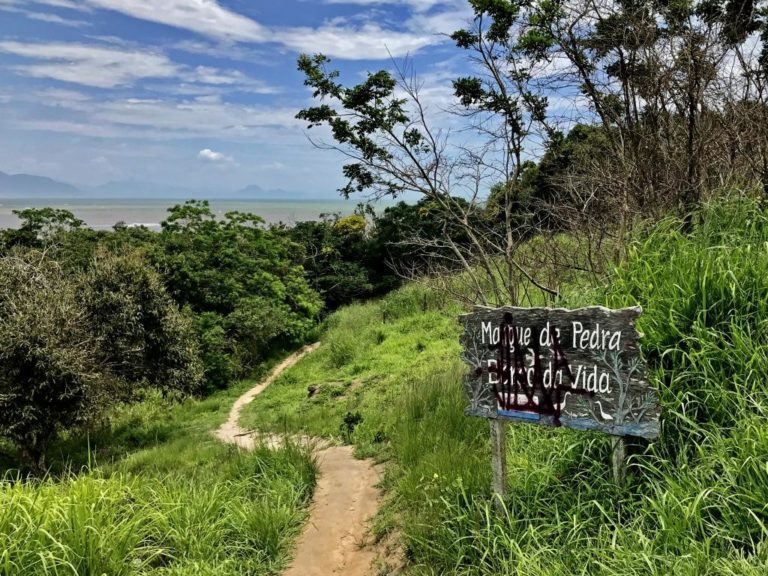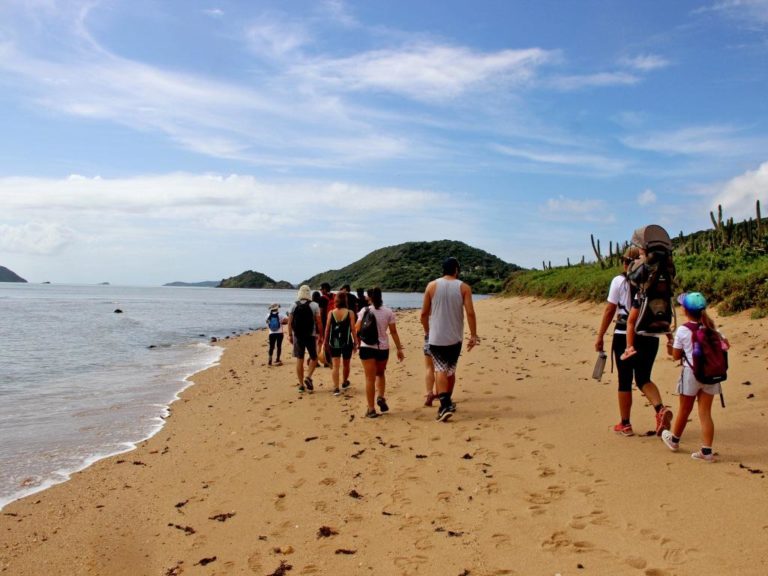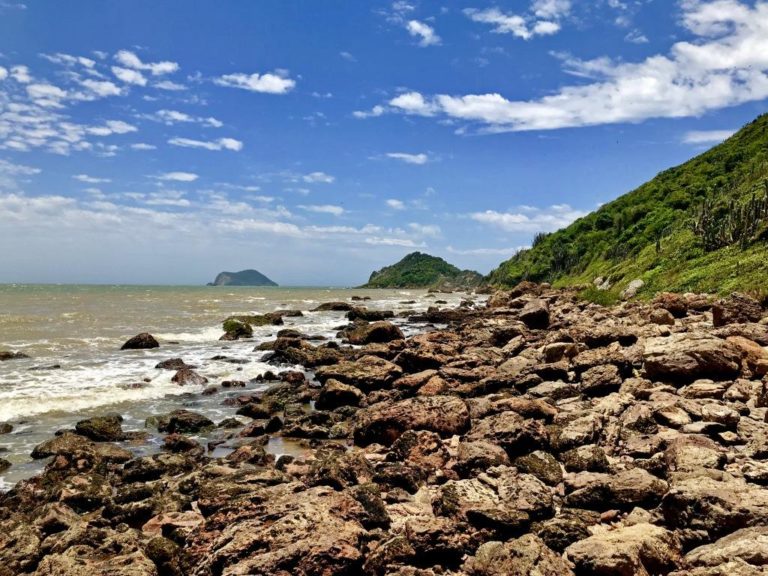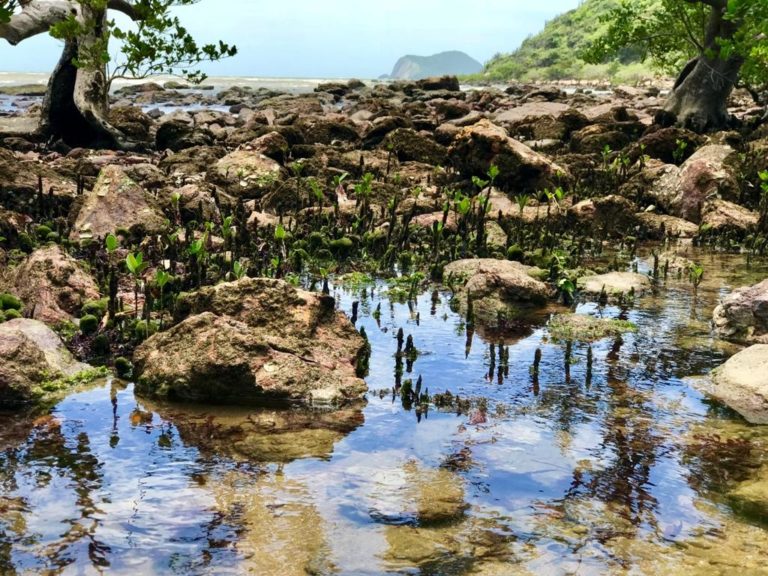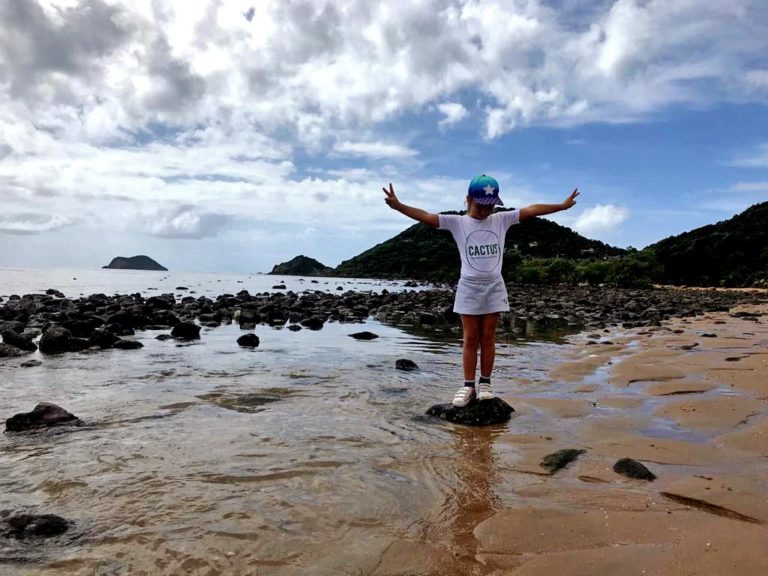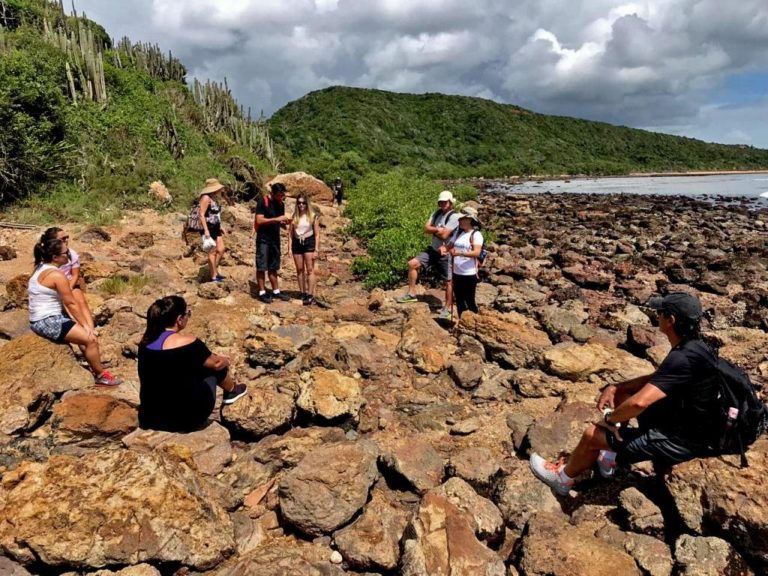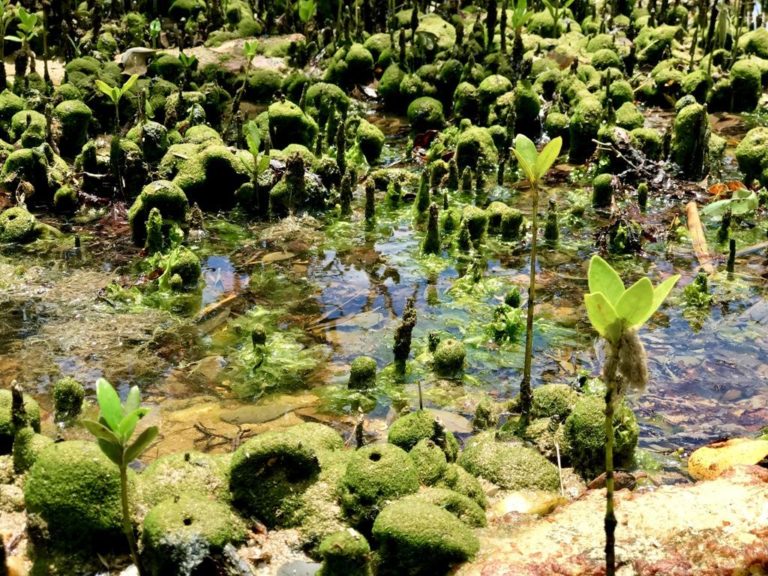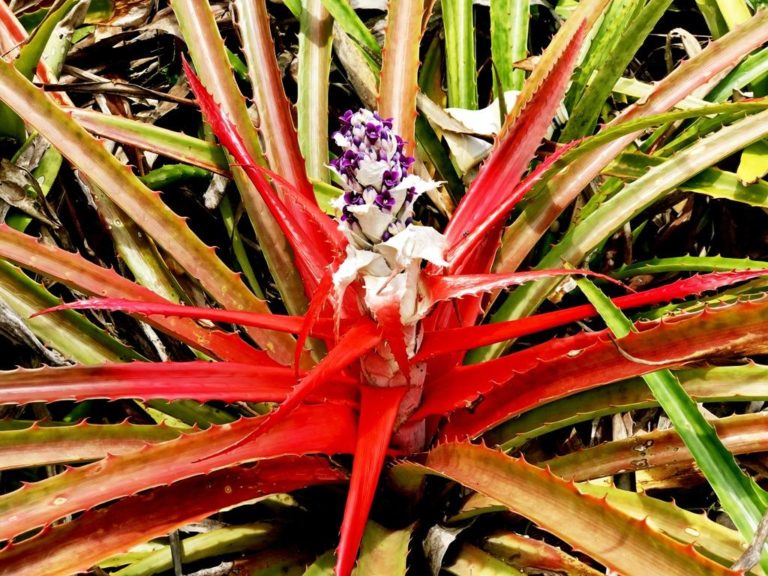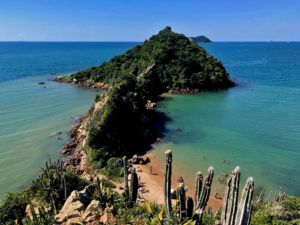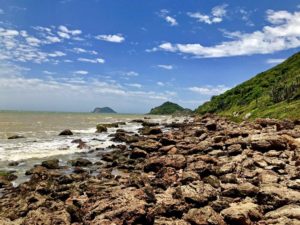A different mangrove, made of stones
The Mangue de Pedras (Stone Mangrove), in Búzios, is one of the most unusual places to visit in the region. Unlike other mangroves that form on muddy soil and at the mouths of rivers, the Búzios mangrove is formed by gravel and coarse sand, with no rivers nearby, forming a unique landscape.
Type: Trail
Where: Armação de Búzios
Difficulty level: Easy
Duration: 3 to 4 hours
Minimum Group: 2 person
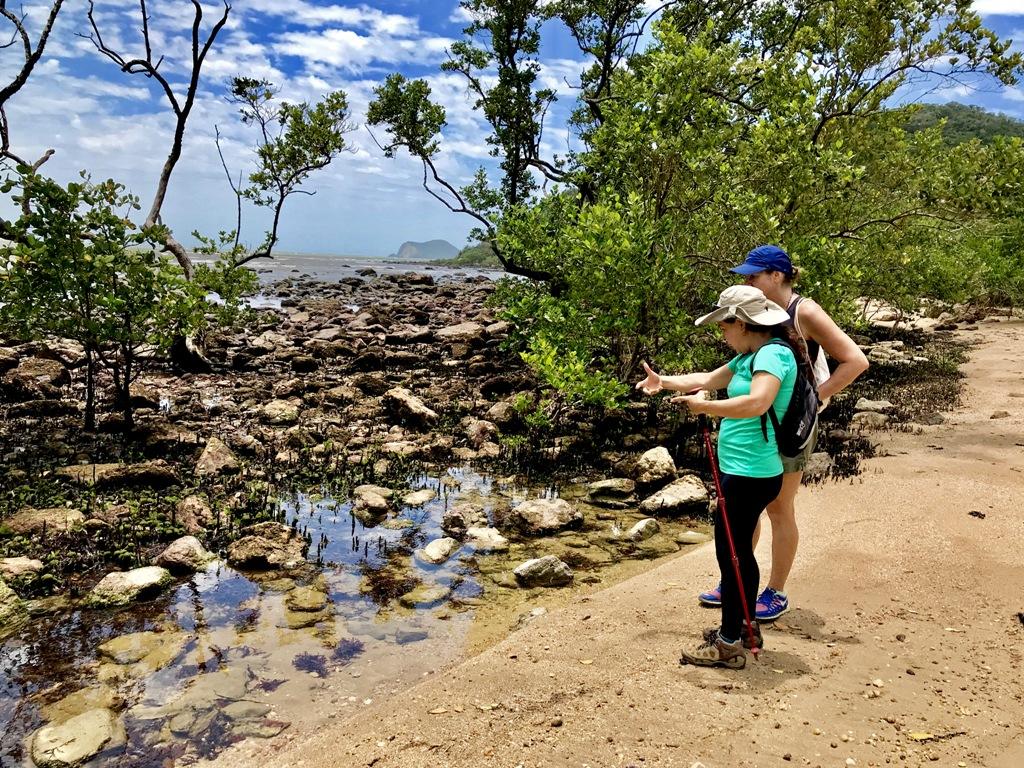
Discover the Búzios Stone Mangrove
Búzios is full of beaches and landscapes already known by practically all visitors. The resort, however, still has beautiful little-explored corners, accessible by hidden trails, without many signs or signs. Among these peaks is the surprising Stone Mangove (Mangue de Pedras), on the outskirts of the Rasa neighborhood and Gorda beach. A place that deserves to be discovered in a guided experience, for a better understanding of the importance of the place and its biodynamics.
The tour starts at Praia da Gorda (Gorda Beach), which is home to a small colony of fishermen. There, we can see an arm of the Mangue de Pedras, with few trees, huge black stones and a ground covered with gravel. There are also small cliffs that reveal layers of different types of rock and clay, in a synthesis of the geological richness of the region.
After a half-hour walk along Gorda Beach, we arrive at Mangue de Pedras, which has its own unique ecosystem. A small trail starts from the Mangrove, which leads to the panoramic viewpoint of Carlito Gonçalves Street. From there, you can see Ilha Feia (Feia Island) , Morro São João and Ponta do Pai Vitório.
What is a Stone Mangrove?
Unlike other mangroves around the world, which are formed on muddy soil and at the mouths of rivers, the Búzios mangrove is formed by gravel and coarse sand, with no rivers nearby to discharge fresh water. This action is done by rainwater infiltrating the soil.
To complete the unique landscape, the scenery features large trees, with roots braided amidst the rocks and small natural pools.
Parallel to the beach and the mangrove, the typical vegetation of the region displays cacti and bromeliads in a rare combination for a mangrove environment. The scenery still has thousands of shells of all shapes and in the background, colorful fishing boats, giving charm to the bucolic landscape.
This is one of the three Stone Mangrove that exist in the world. The other two are located in Recife (Brazil) and Japan.
- Solar filter
- Sunglasses
- Hat
- Light and bathing clothes
- Comfortable footwear
- Water
- Snack
- Repellent
- Accredited Guide
- Insurance
- Trekking Poles
- Executive transport (optional)
